Jean Prouvé architecture goes on show at Marseille sculpture park
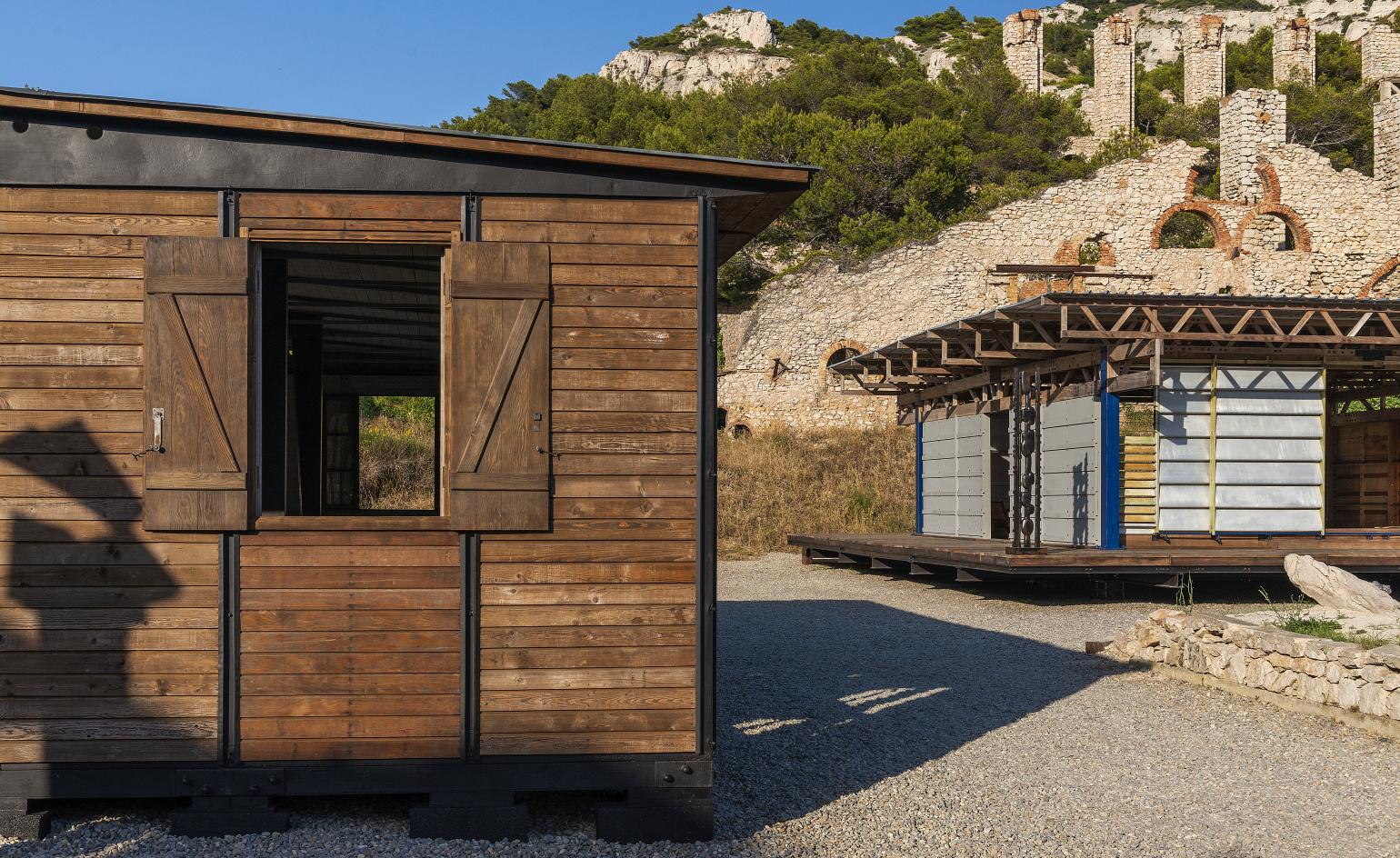
This summer sees the third open-air exhibition of lightweight architecture and sculpture at the Friche d’Escalette in Marseille. The park (a former lead mine) and its exhibits are privately owned by Éric Touchaleaume, a collector and dealer of the Fab Four – Jean Prouvé, Pierre Jeanneret, Charlotte Perriand and Le Corbusier. Touchaleaume’s dream was to restore this abandoned industrial heritage site to its former beauty, juxtaposing the works of architects and sculptors of the 20th century against the brick remains of the abandoned mine.
This year’s exhibition is entitled ‘Jean Prouvé North-South – In Praise of Simplicity’ and features two of Prouvé’s most iconic prefabricated houses, the ‘North’, Pavillon de Lorraine, and the ‘South’, Bungalow du Cameroun, both exquisite examples of his signature ingenuity and unique aesthetic.
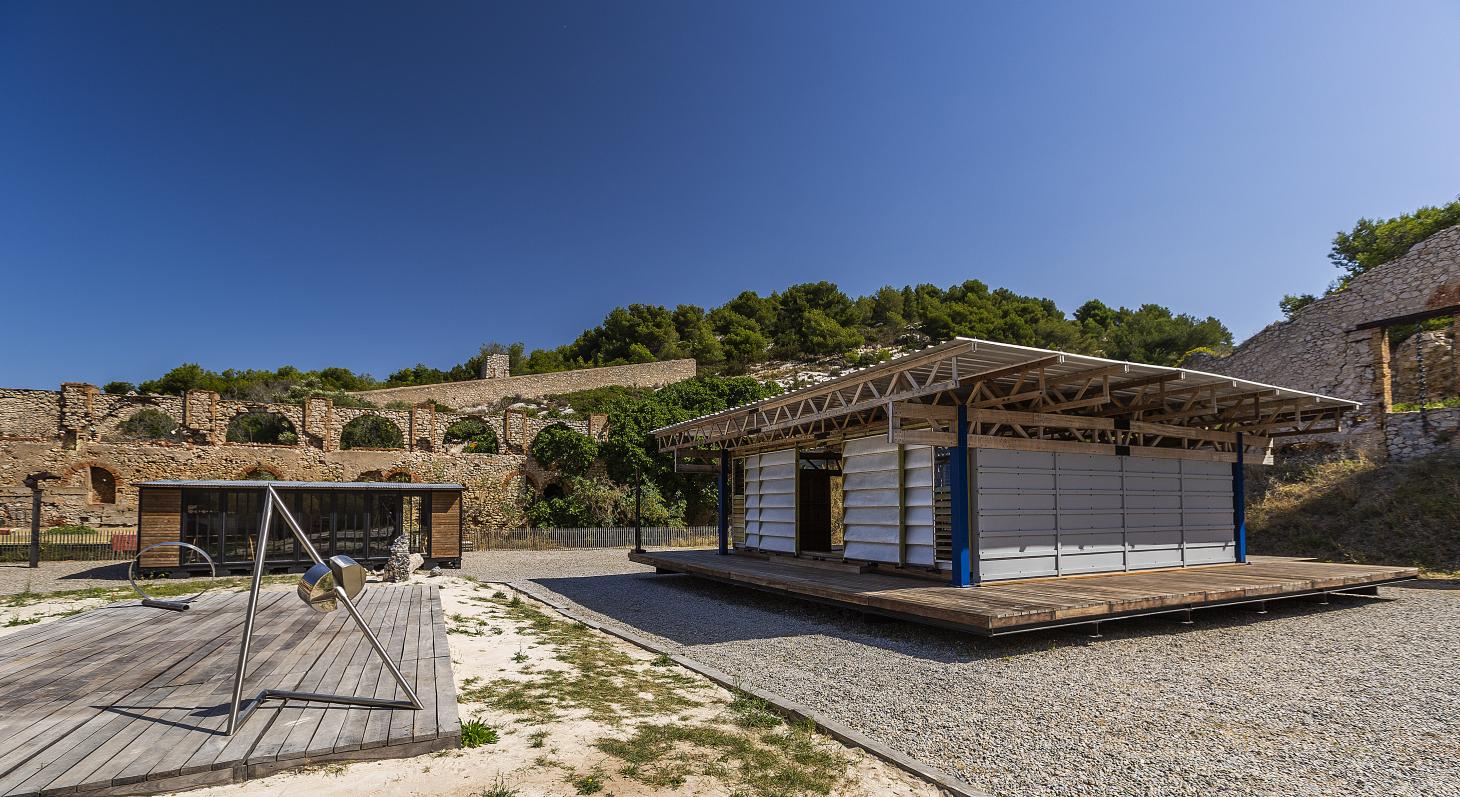
The two iconic Jean Prouvé structures sit side by side with a sculpture by Gérard Lardeur. archives Galerie 54, Paris
The Pavillon de Lorraine was commissioned by Prouvé’s atelier immediately after the liberation of France by Raoul Dautry, minister for reconstruction, for Lorraine families whose homes had been destroyed by bombing during the Second World War. Several hundred units were produced, and this is one of just 20 of them to have survived. This model has been exhibited in Miami, Los Angeles and Shanghai and is particularly noteworthy for Prouvé and Jeanneret’s ingenious ceiling gantry crane, whose especially compact design was created as a response to the shortage of steel during the war.
The Bungalow du Cameroun is a single module residential design for tropical wet zones, built to house a teacher or to be used as a classroom (double modules were made for families). The particular structure is one of the very few not to have suffered damage from the extremes of a tropical climate, termites and looting over half a century of wear and tear.
In terms of the art included in the show, this year, Touchaleaume shines a spotlight on overlooked sculptors of the 20th and 21st centuries, including Parvine Curie, François Stahly, Gérard Lardeur, Shamaï Haber and Costas Coulentianos. The works were selected for their ability to resonate with the architecture, nature and landscape of the site.
Wear sturdy shoes for the steep climb on loose gravel, and take a wide-brimmed hat to protect from the scalp-searing heat. Follow up this cultural immersion with a plunge into the crystal clear Med from the little stone pier just across the road. And bring a picnic.
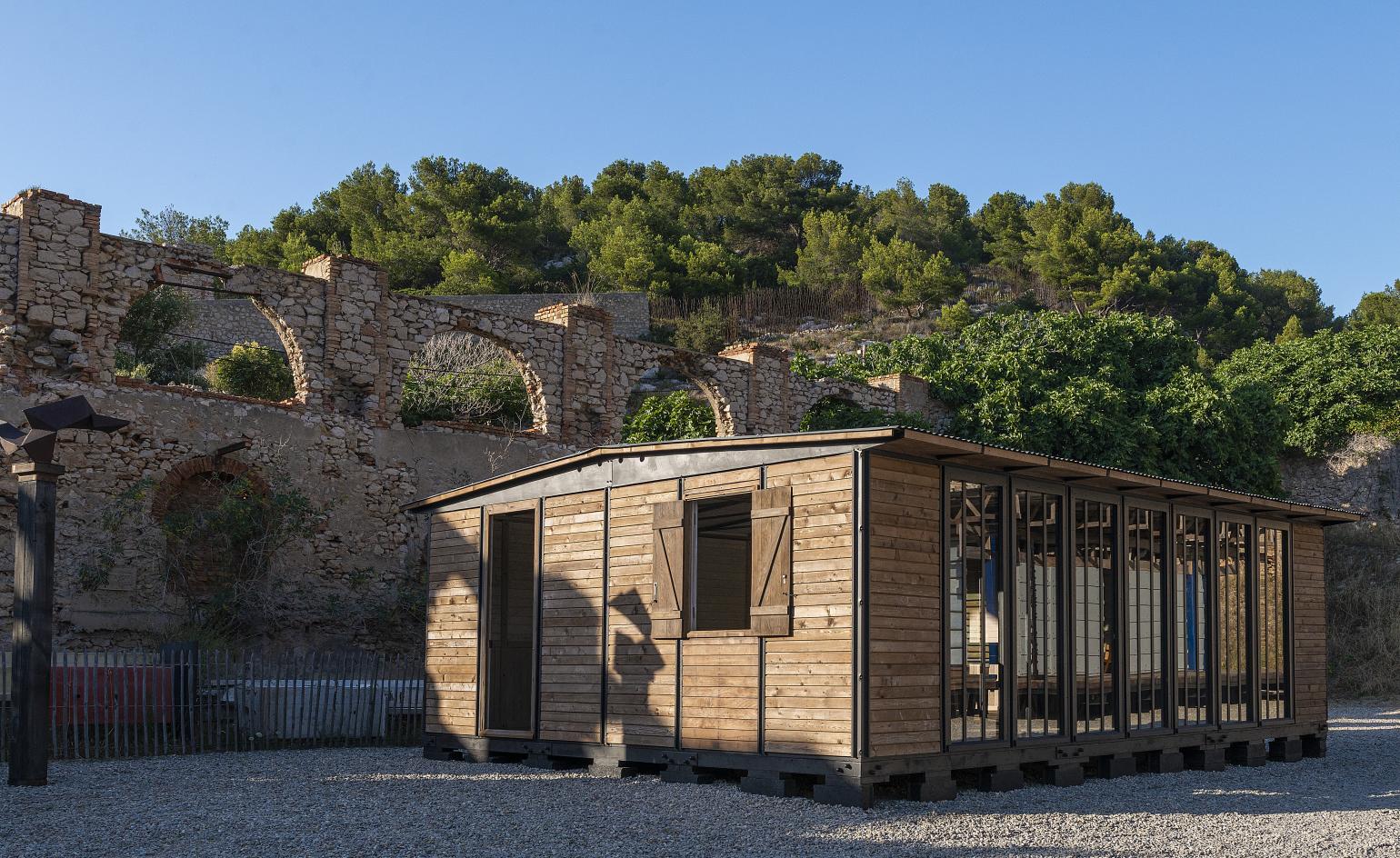
The Pavillon de Lorraine, pictured here with Costas Coulentianos' 'Envol' (1967) on the left
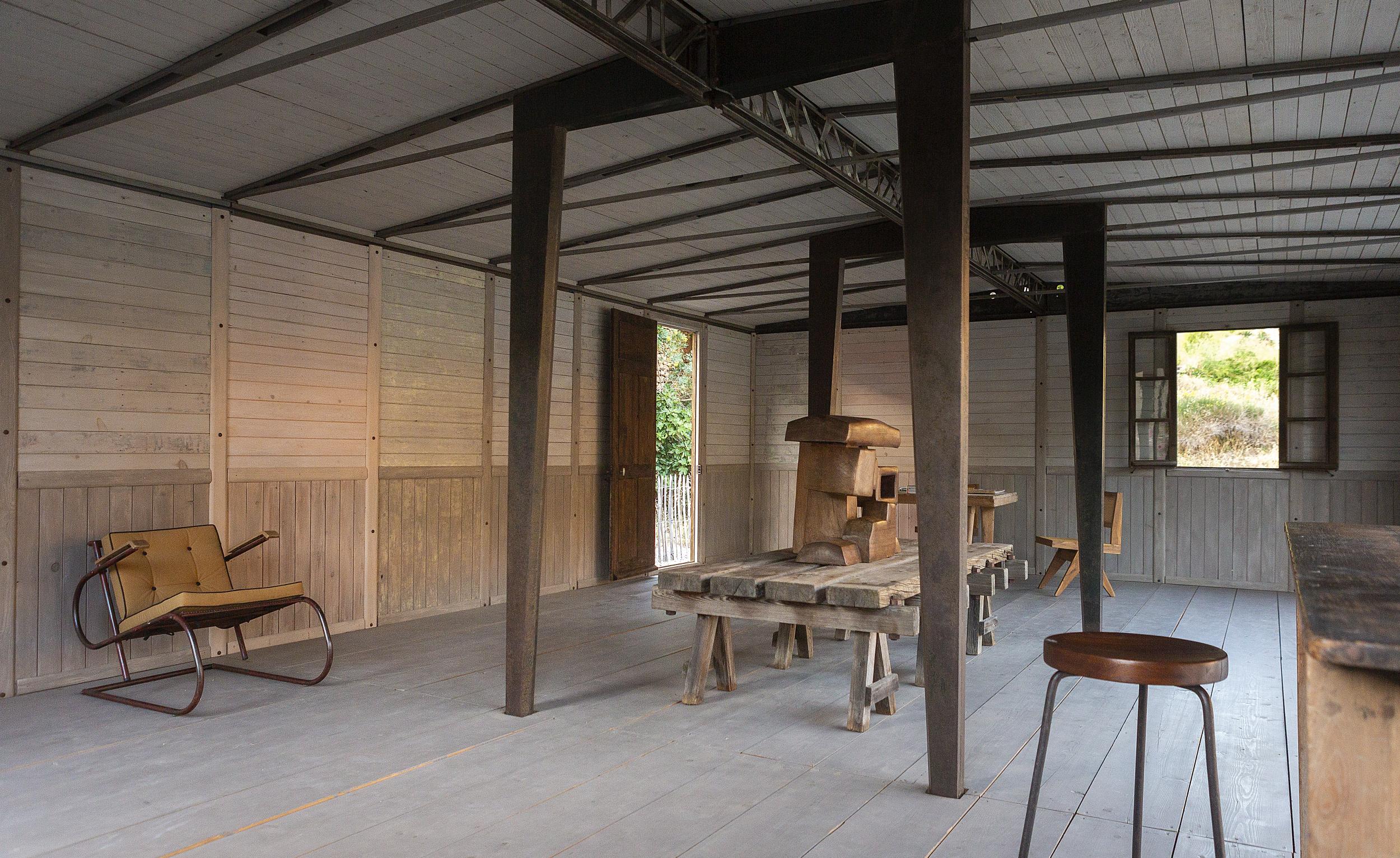
Inside, an ingenious ceiling gantry crane is one of the pavilion's most iconic elements. An armchair by Georges Henri Pingusson (left) and a high stool by Le Corbusier (right) decorate the interior.
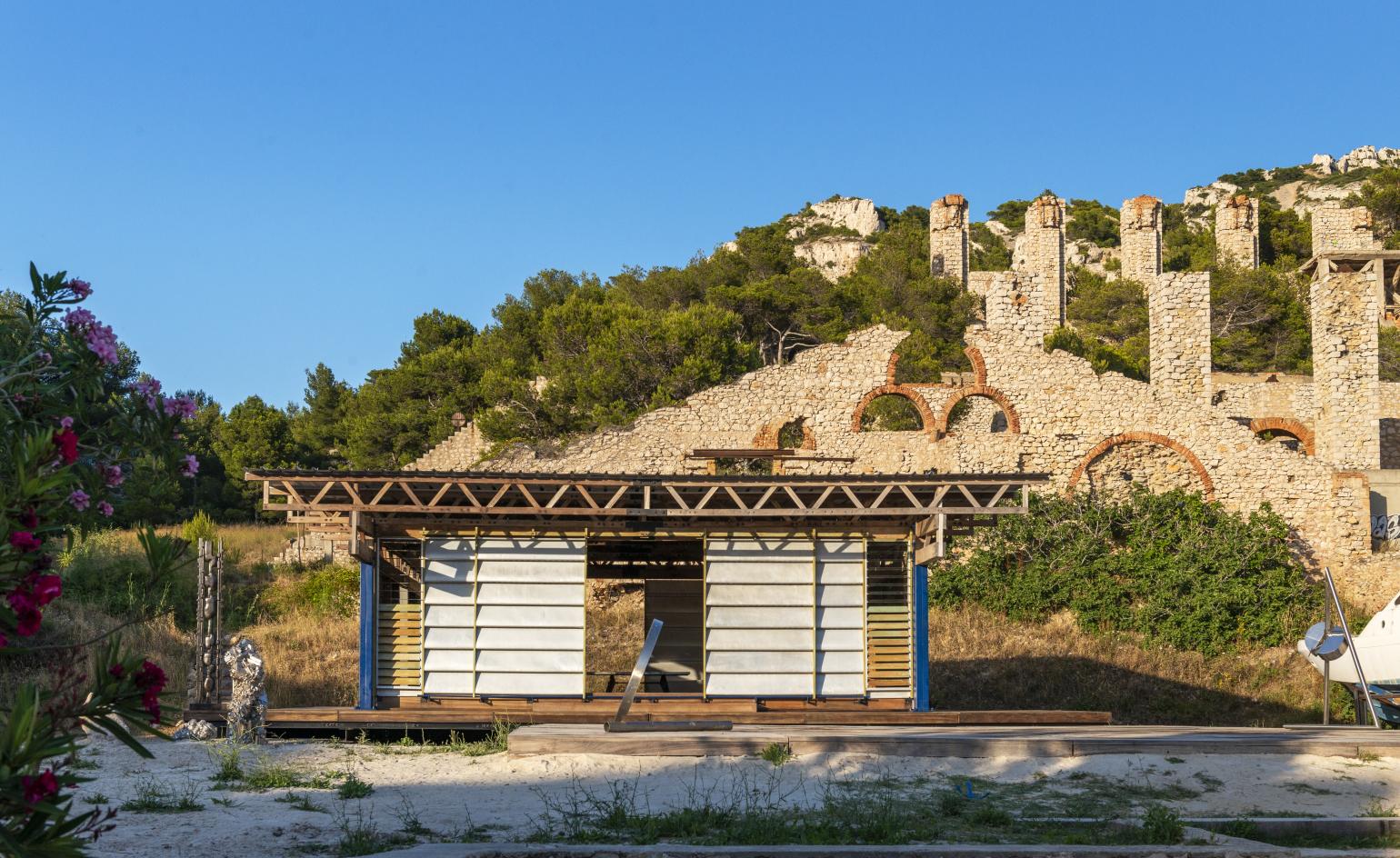
Bungalow du Cameroun with its dropped ceiling shines against the backdrop of La Friche's brick walls
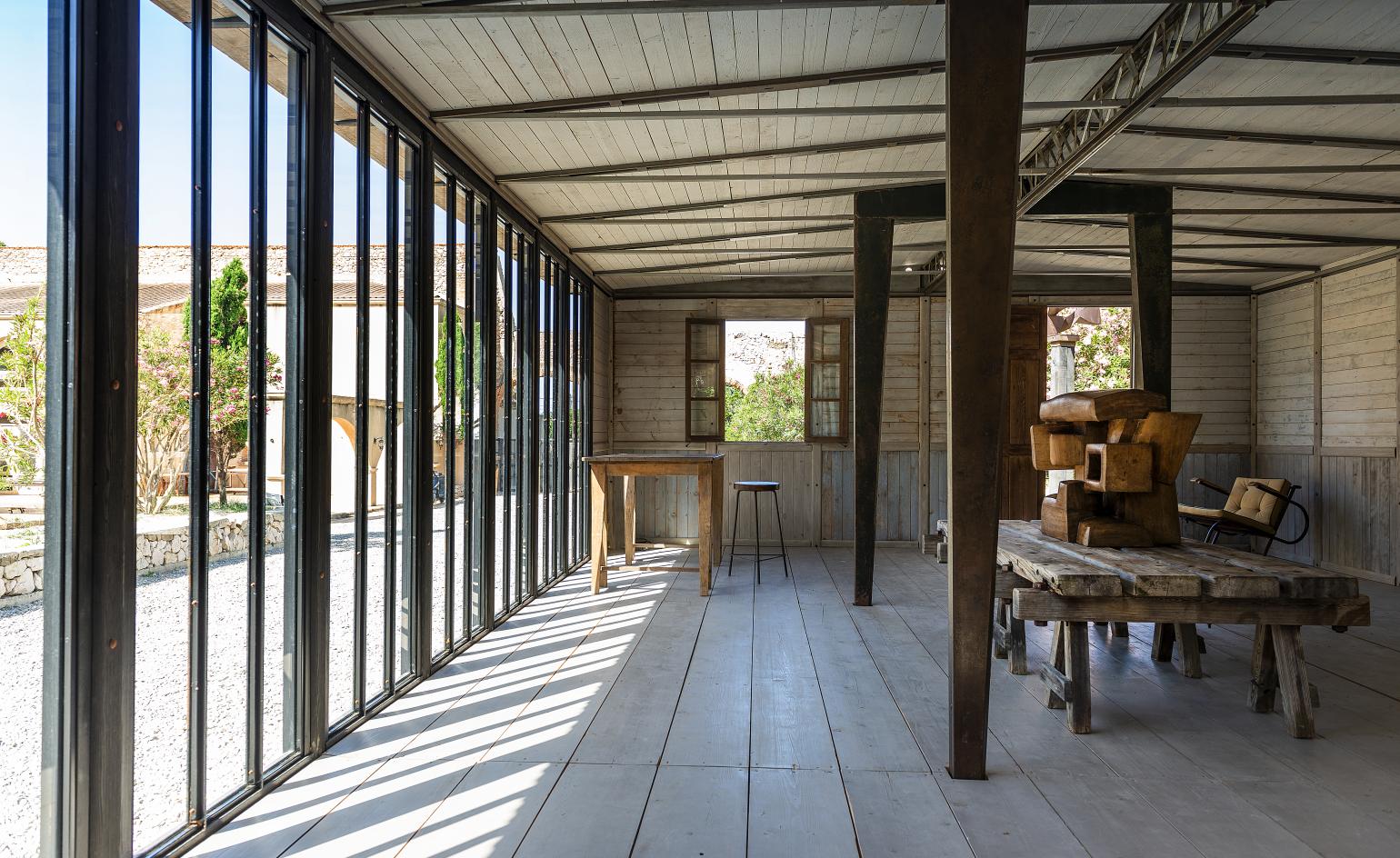
Inside the Pavillon de Lorraine features Parvine Curie's 'Grande Tête Suspendue' (1979). The interior also includes a high stool and table by Le Corbusier (right).
ADDRESS
La Friche De l'Escalette
Parc de sculpture et d’architecture légère
Route des Goudes, impasse de l’Escalette
13008 Marseille
France
Wallpaper* Newsletter
Receive our daily digest of inspiration, escapism and design stories from around the world direct to your inbox.
-
 All-In is the Paris-based label making full-force fashion for main character dressing
All-In is the Paris-based label making full-force fashion for main character dressingPart of our monthly Uprising series, Wallpaper* meets Benjamin Barron and Bror August Vestbø of All-In, the LVMH Prize-nominated label which bases its collections on a riotous cast of characters – real and imagined
By Orla Brennan
-
 Maserati joins forces with Giorgetti for a turbo-charged relationship
Maserati joins forces with Giorgetti for a turbo-charged relationshipAnnouncing their marriage during Milan Design Week, the brands unveiled a collection, a car and a long term commitment
By Hugo Macdonald
-
 Through an innovative new training program, Poltrona Frau aims to safeguard Italian craft
Through an innovative new training program, Poltrona Frau aims to safeguard Italian craftThe heritage furniture manufacturer is training a new generation of leather artisans
By Cristina Kiran Piotti
-
 Croismare school, Jean Prouvé’s largest demountable structure, could be yours
Croismare school, Jean Prouvé’s largest demountable structure, could be yoursJean Prouvé’s 1948 Croismare school, the largest demountable structure ever built by the self-taught architect, is up for sale
By Amy Serafin
-
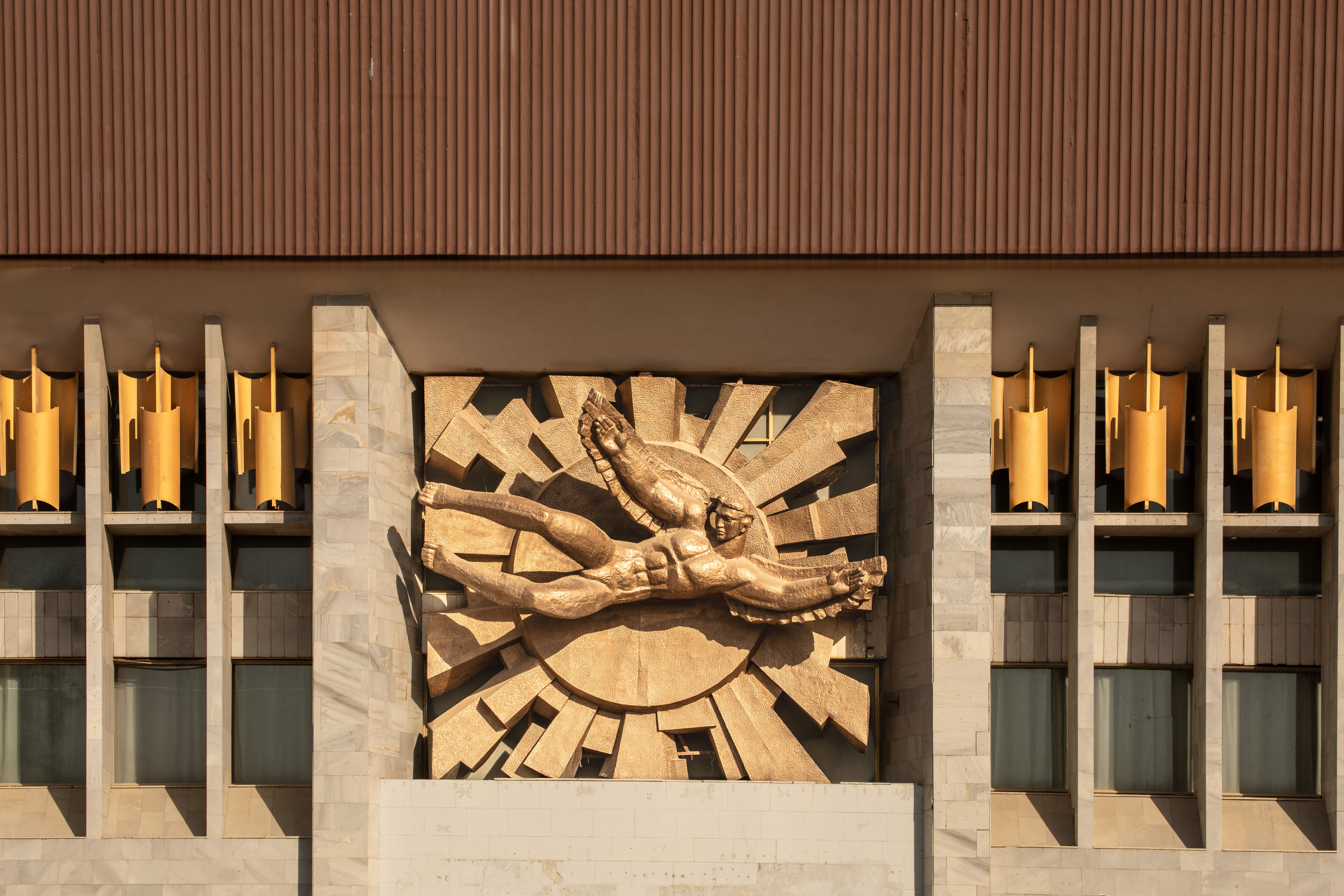 Jump on our tour of modernist architecture in Tashkent, Uzbekistan
Jump on our tour of modernist architecture in Tashkent, UzbekistanThe legacy of modernist architecture in Uzbekistan and its capital, Tashkent, is explored through research, a new publication, and the country's upcoming pavilion at the Venice Architecture Biennale 2025; here, we take a tour of its riches
By Will Jennings
-
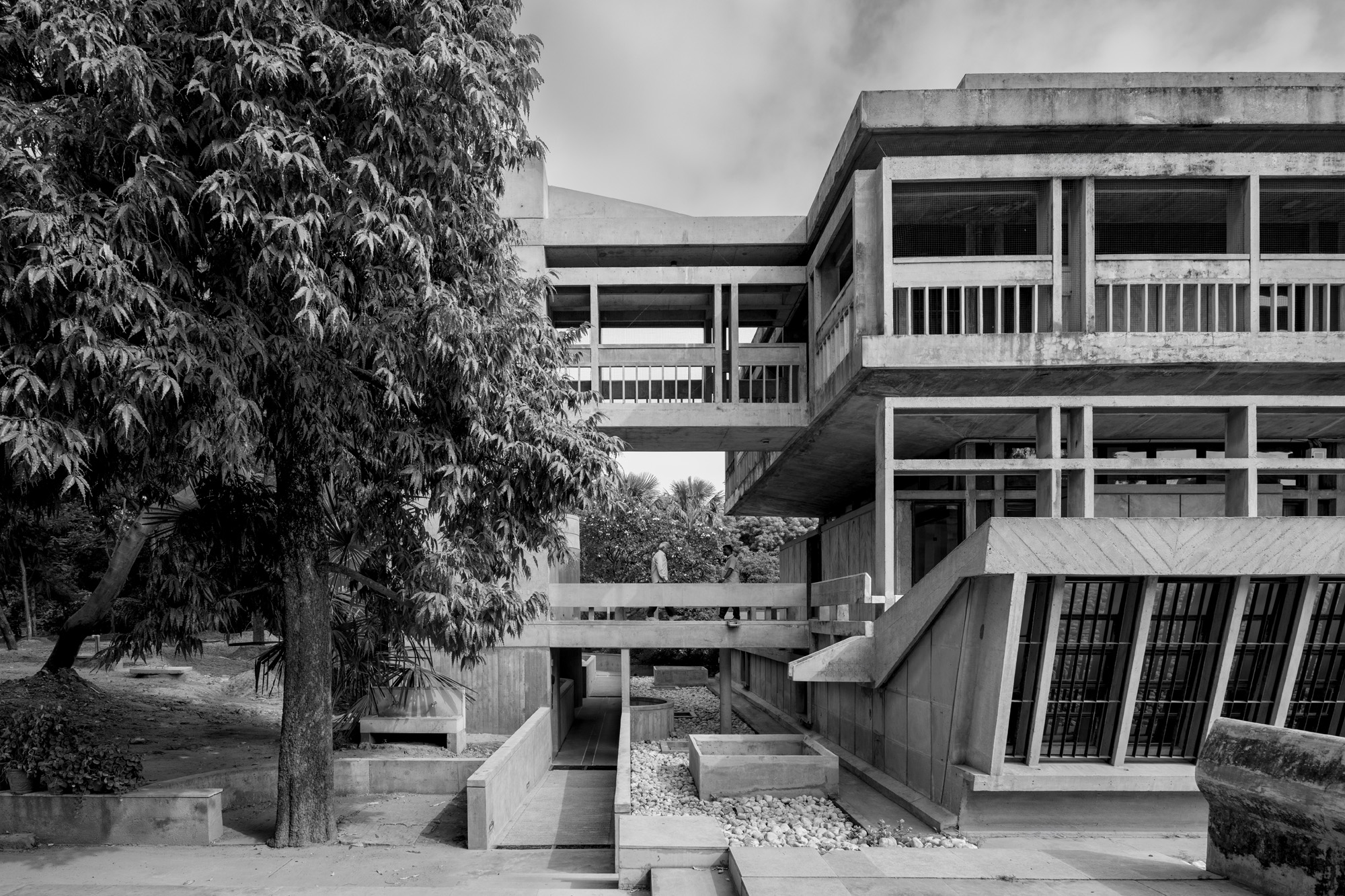 At the Institute of Indology, a humble new addition makes all the difference
At the Institute of Indology, a humble new addition makes all the differenceContinuing the late Balkrishna V Doshi’s legacy, Sangath studio design a new take on the toilet in Gujarat
By Ellie Stathaki
-
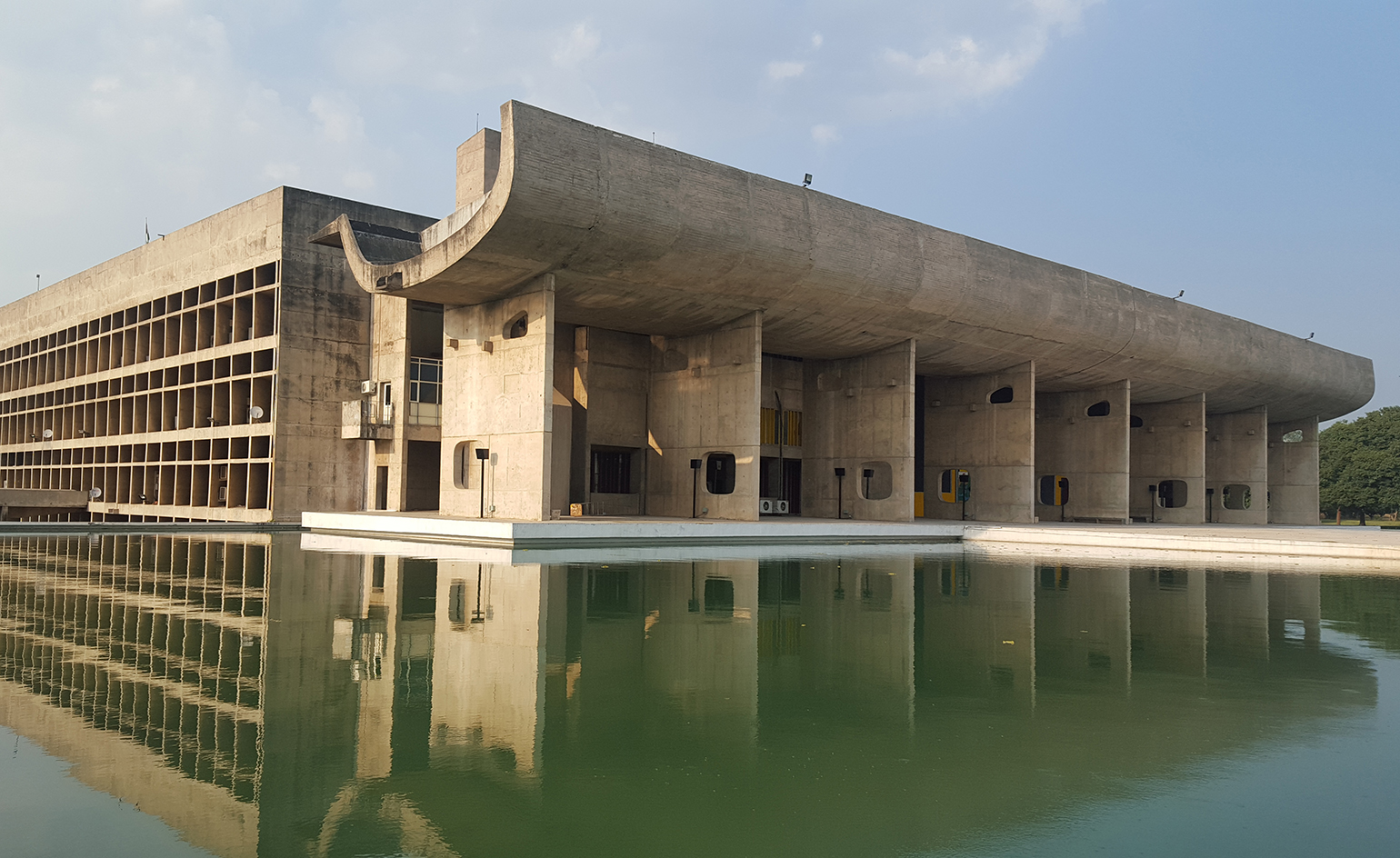 How Le Corbusier defined modernism
How Le Corbusier defined modernismLe Corbusier was not only one of 20th-century architecture's leading figures but also a defining father of modernism, as well as a polarising figure; here, we explore the life and work of an architect who was influential far beyond his field and time
By Ellie Stathaki
-
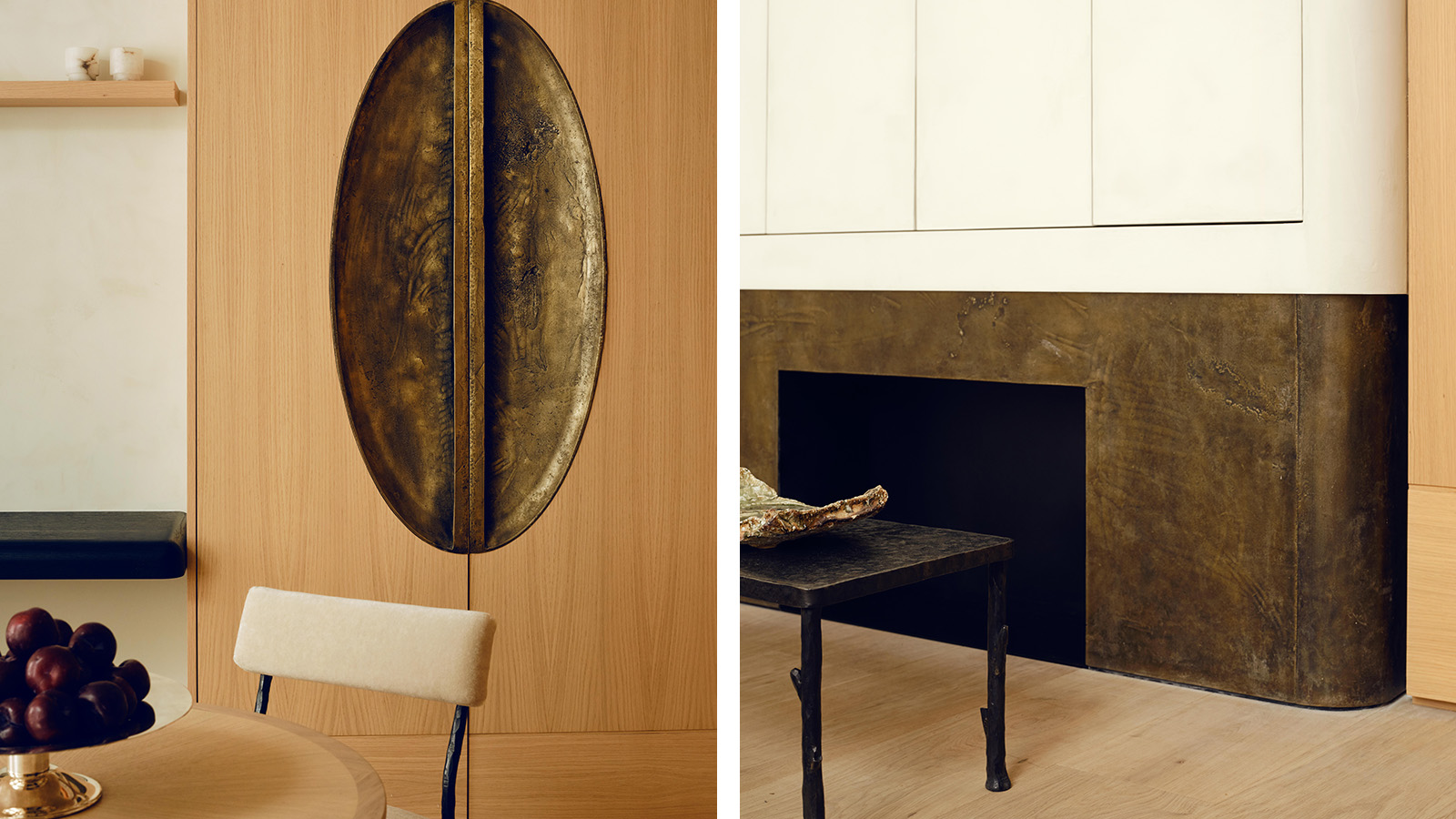 Stay in a Parisian apartment which artfully balances minimalism and warmth
Stay in a Parisian apartment which artfully balances minimalism and warmthTour this pied-a-terre in the 7th arrondissement, designed by Valeriane Lazard
By Ellie Stathaki
-
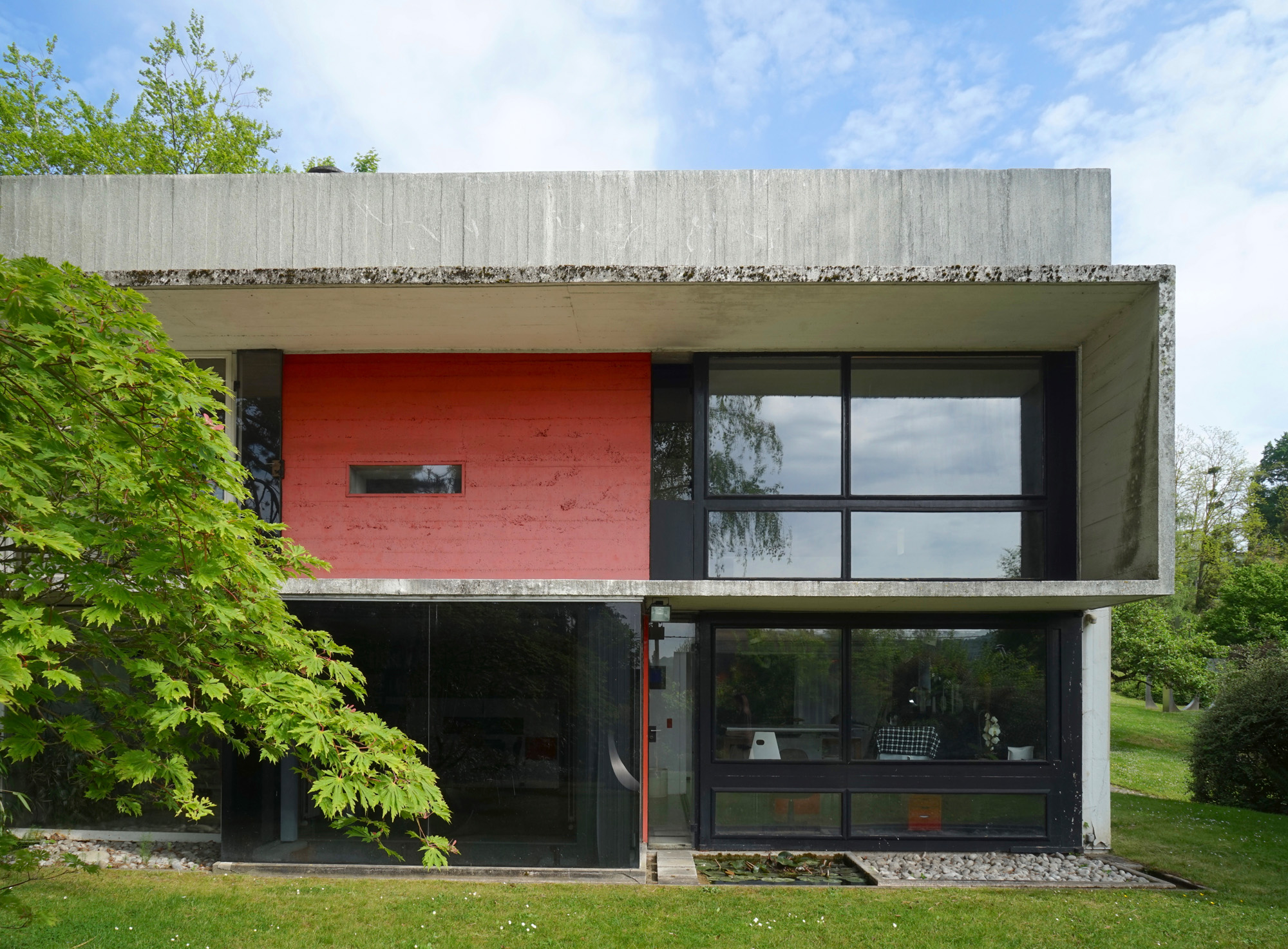 How to protect our modernist legacy
How to protect our modernist legacyWe explore the legacy of modernism as a series of midcentury gems thrive, keeping the vision alive and adapting to the future
By Ellie Stathaki
-
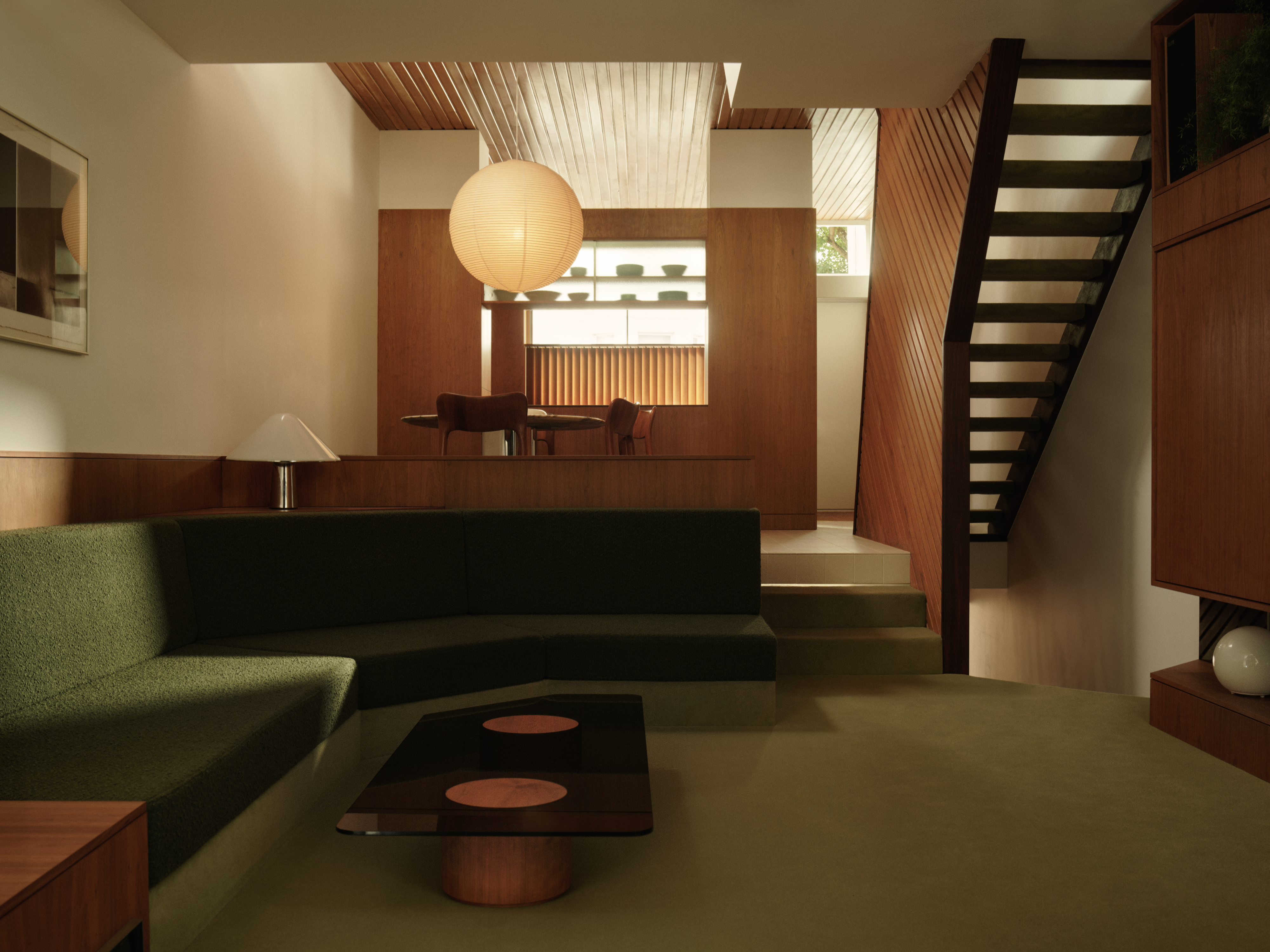 A 1960s North London townhouse deftly makes the transition to the 21st Century
A 1960s North London townhouse deftly makes the transition to the 21st CenturyThanks to a sensitive redesign by Studio Hagen Hall, this midcentury gem in Hampstead is now a sustainable powerhouse.
By Ellie Stathaki
-
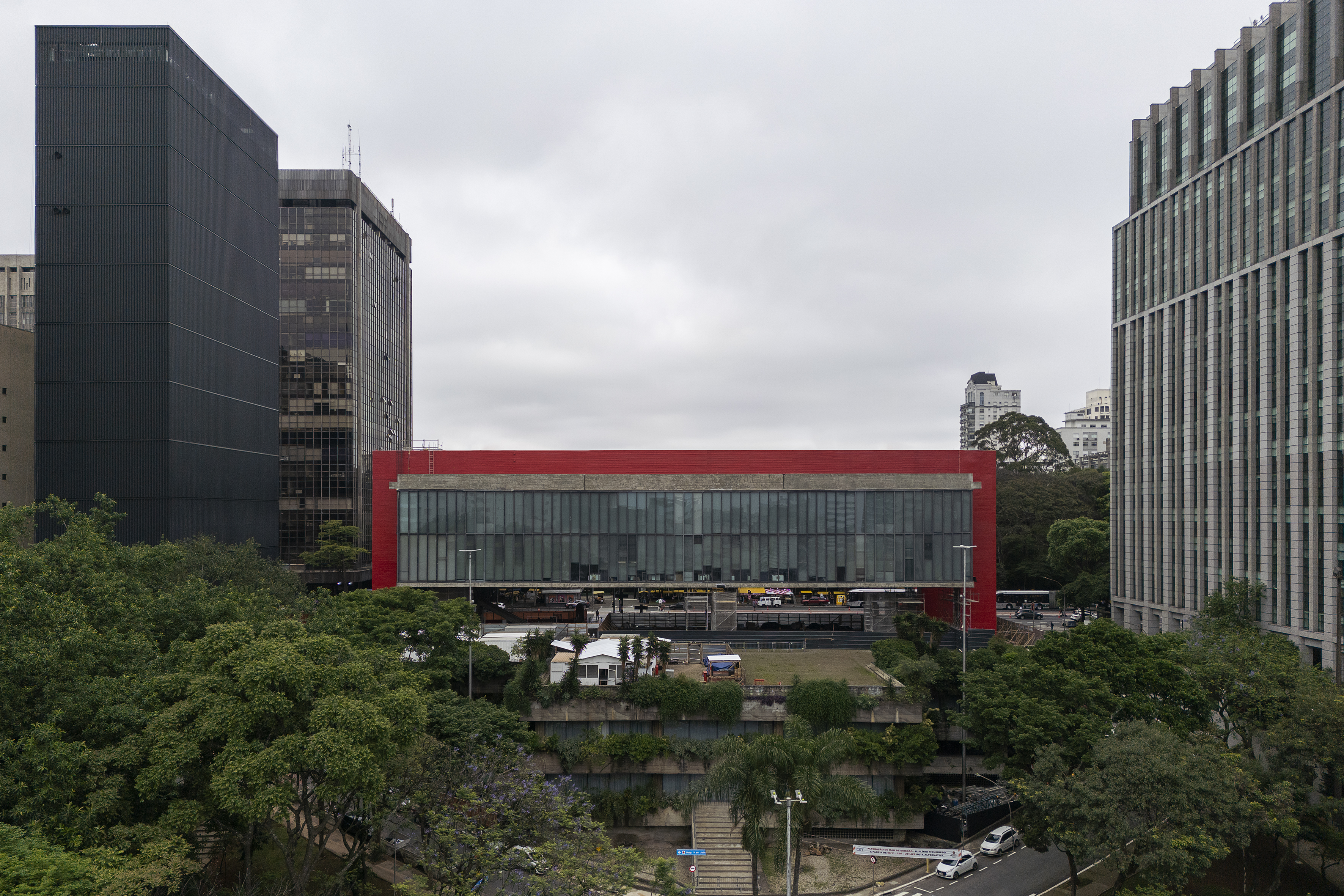 The new MASP expansion in São Paulo goes tall
The new MASP expansion in São Paulo goes tallMuseu de Arte de São Paulo Assis Chateaubriand (MASP) expands with a project named after Pietro Maria Bardi (the institution's first director), designed by Metro Architects
By Daniel Scheffler